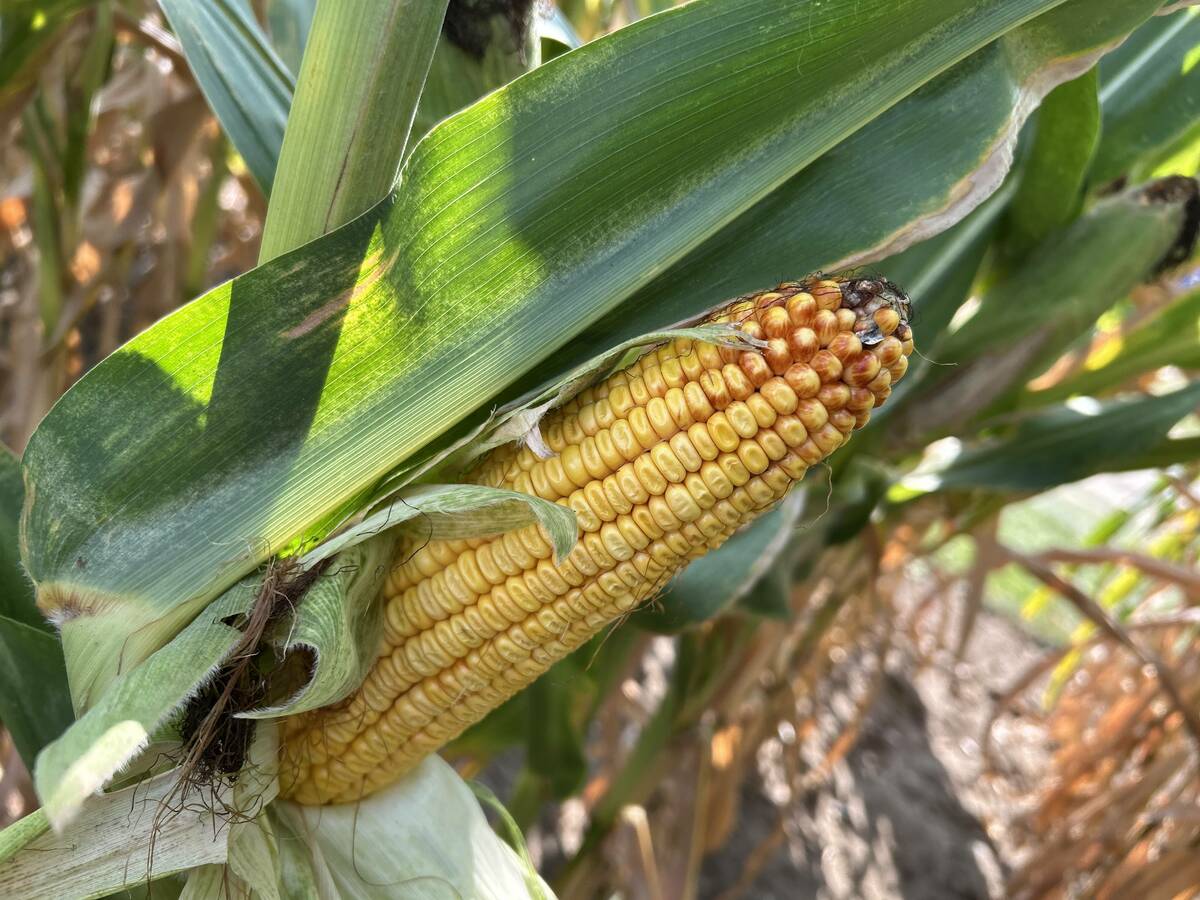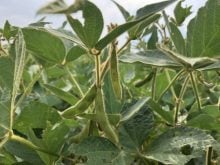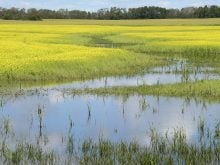American pulse growers in the Pacific Northwest may soon be able to increase their production with help from two new winter lentil varieties.
But the varieties are unlikely to help pulse farmers north of the United States border unless they can ensure a mild winter with lots of protective snow cover before fall planting.
Fred Muehlbauer, pulse crops geneticist with the U.S. Department of Agriculture and Washington State University, said the new lentil varieties have about the same winter hardiness as U.S. winter wheats.
Read Also

Crop estimates show mixed results
Model-based estimates used by Statistics Canada showed the 2025/26 crop year has seen increases in canola, corn for grain, oats and lentils production while seeing dips in spring wheat, durum wheat, soybeans and barley in comparison to 2024/25.
In lab tests, the lentils survived temperatures of Ð12 C to Ð14 C, but Muehlbauer noted winter hardiness depends on the “hardening-down” conditions during fall and early winter, as well as the amount of snow cover.
The new varieties aren’t likely to adapt to frostier Canadian conditions, he added.
Muehlbauer said U.S. growers weren’t too interested in fall-seeded lentils until they started adopting minimum till production practices.
With stubble left in fields in spring, soil is often too wet and cold to seed lentils and other crops early.
That made fall seeding more attractive, as did some impressive yield statistics.
In growing trials last summer, fall-seeded yellow lentils yielded 1,400 to 1,600 pounds per acre compared to 650 to 730 lb. per acre for spring-seeded varieties.
The fall-seeded red lentil variety showed similar results.
“From the winter material, we got twice the yields, sometimes more,” said Muehlbauer.
He thinks the fall-seeded lentils may show a 50 percent yield increase over time.
Although last winter was mild in the Pacific Northwest, winter kill could be a factor in colder years, said Muehlbauer.














